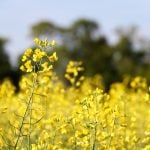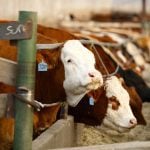
Tag Archives Quotation

4-H beef program aims at breeding over butchering
A small number of 4-H’ers in the Interlake are turning their heifer projects into purebred herds
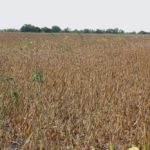
Pre-harvest glyphosate on soybeans?
Yes, no or maybe — it really all depends on the weeds

PHOTOS: This Old Elevator: September 2017
The Manitoba Historical Society wants to gather information about all the grain elevators in Manitoba

Rapid detection of meat fraud
Spanish researchers say a new biosensor can give test results within an hour
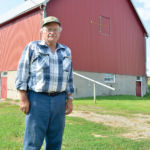
Dodds family marks centennial of unique barn, history of farm
It’s been 100 years since Arthur Drummond built a banked barn on his yard site northwest of Brandon. Now, the latest generation of the family, Cameron and Bea Dodds, are marking its centennial
Health Canada had no herbicide drift complaints from Manitoba
That includes the herbicide dicamba, which has triggered many drift complaints in the U.S.

Rooftop hives educating college
Red River College continues to grow its urban apiaries with sweet results
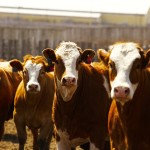
Fed cattle supplies hold back prices at auctions
Dry Prairie pastures elsewhere might spur action soon

4-H’ers dig into soil health policy and education
Soil health was a repeat topic as 4-H members from around the world turned their attention to sustainable agriculture and food security
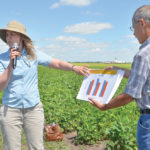
To till or not to till? For soybeans that’s the question
The Westman Agricultural Diversification Organization is testing out planting dates and pre-seed tillage systems in its latest round of soybean experiments

